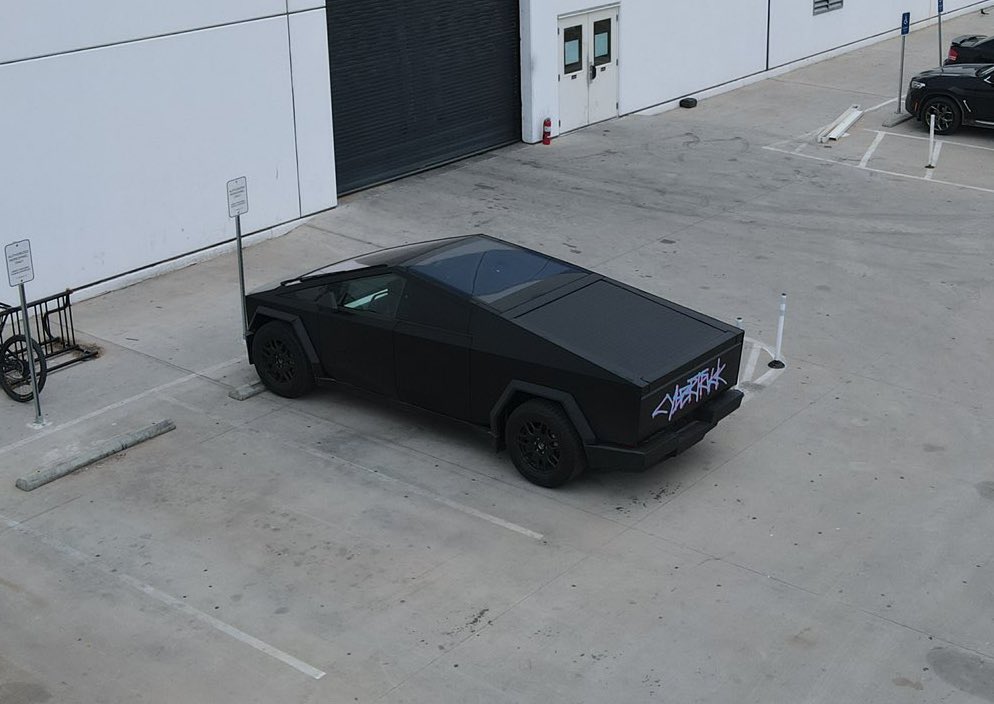Revolutionizing the EV Market: Tesla’s In-house Dry-cathode 4680 Battery Unveiled
The electric vehicle (EV) market has witnessed a groundbreaking development as Tesla unveils the first images of its in-house dry-cathode 4680 battery cell for the highly anticipated Cybertruck. This technological breakthrough promises to set new standards for battery performance, manufacturing efficiency, and sustainability in the automotive industry.
What Makes the 4680 Battery Cell Special?
Tesla’s new 4680 battery cell stands out due to its revolutionary dry-cathode technology. Unlike traditional wet-cathode batteries, this new approach eliminates the need for a solvent, resulting in faster production times and lower costs. The 4680 cell design also offers increased energy density, providing more power and longer range for the Cybertruck.
The Advantages of In-House Manufacturing
By producing the battery cells in-house, Tesla gains greater control over the entire manufacturing process. This strategy allows the company to optimize both quality and supply chain efficiency. In-house production also opens the door to more rapid advancements and iterations, pushing the boundaries of what EV batteries can achieve.
Sustainability at the Forefront
One of the most compelling aspects of the dry-cathode technology is its environmental impact. Traditional battery manufacturing is laden with harmful chemicals and significant water usage. Tesla’s innovation aims to reduce the ecological footprint, contributing to a more sustainable future. This aligns perfectly with the company’s long-standing commitment to reducing carbon emissions through clean energy solutions.
Implications for the Cybertruck
The integration of the 4680 battery cell into the Cybertruck is set to redefine the capabilities of electric pickups. The improved battery efficiency will likely translate to impressive torque and towing capacities, making the Cybertruck a formidable contender in both the consumer and commercial markets. Additionally, the longer range and faster charging times will address two of the most critical concerns for EV buyers.
A Glimpse into the Future of EVs
As Tesla continues to innovate, the introduction of the 4680 battery cell marks a significant milestone in the evolution of electric vehicles. It sets a precedent for what can be achieved when technological prowess meets sustainable practices. The automotive industry will undoubtedly feel the ripple effects of this development, prompting other manufacturers to adopt similar innovations.
In summary, the unveiling of the in-house dry-cathode 4680 battery cell for the Cybertruck is more than just a technological advancement—it is a statement of intent from Tesla. By pushing the envelope in battery design and sustainability, Tesla continues to lead the charge towards a cleaner and more efficient automotive future.
